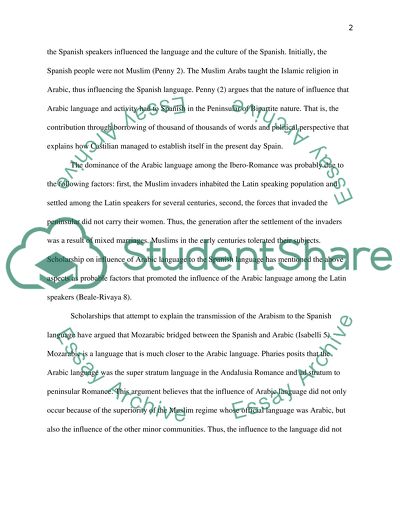Cite this document
(“Influence of Arabic on Spanish language up to the 15th century Essay”, n.d.)
Retrieved from https://studentshare.org/history/1398649-influence-of-arabic-on-spanish-language-up-to-the
Retrieved from https://studentshare.org/history/1398649-influence-of-arabic-on-spanish-language-up-to-the
(Influence of Arabic on Spanish Language up to the 15th Century Essay)
https://studentshare.org/history/1398649-influence-of-arabic-on-spanish-language-up-to-the.
https://studentshare.org/history/1398649-influence-of-arabic-on-spanish-language-up-to-the.
“Influence of Arabic on Spanish Language up to the 15th Century Essay”, n.d. https://studentshare.org/history/1398649-influence-of-arabic-on-spanish-language-up-to-the.


